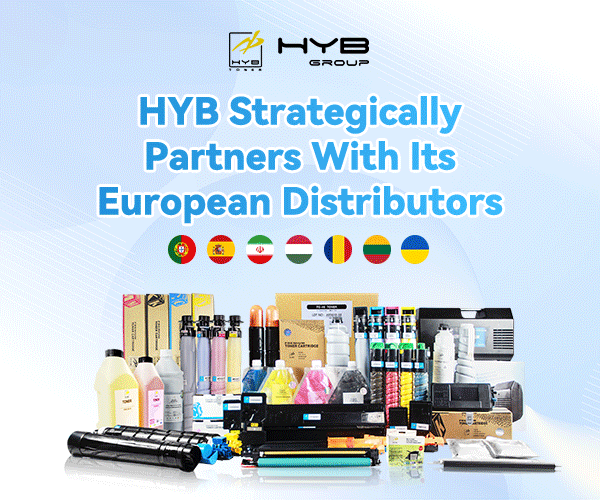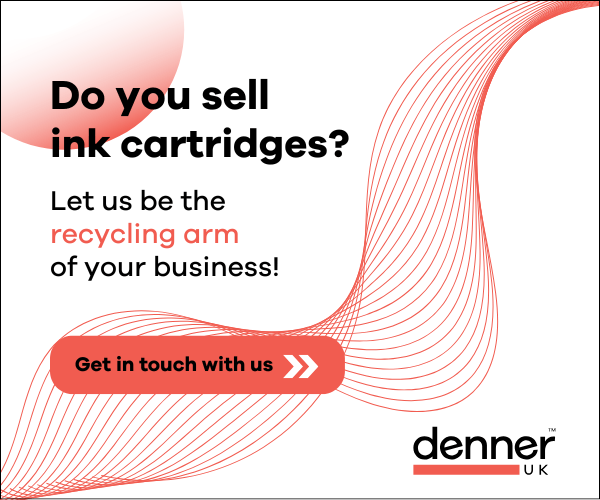Epson reconfirms the phasing out laser printers, focusing on innovative ink tank technology.
Epson has reiterated its decision to cease the global sale and distribution of laser printers by 2025, reaffirming its commitment to sustainability and innovation. The announcement, first made in 2022, signals a strategic pivot to its Heat-Free inkjet technology, which the Japanese manufacturer believes offers superior environmental and operational benefits compared to traditional laser printing.
Epson cited the limited scope for sustainability improvements in laser technology as the primary driver behind the move. Laser printers rely on heat-intensive processes, resulting in higher energy consumption and increased CO? emissions. In contrast, Epson’s Heat-Free inkjet technology uses piezoelectric crystals to eject ink, avoiding the need for heat and reducing energy consumption by up to 85%.
 Epson had previously said that the transition could deliver global electricity savings in excess of 2,240 GWh per year, equivalent to approximately 1.3 million metric tonnes of carbon dioxide annually, which is the amount that is produced by 280,175 cars driven for one year.
Epson had previously said that the transition could deliver global electricity savings in excess of 2,240 GWh per year, equivalent to approximately 1.3 million metric tonnes of carbon dioxide annually, which is the amount that is produced by 280,175 cars driven for one year.
Ink tank innovation drives growth and the end of laser printers has dovetailed with the surging success of its ink tank printer portfolio. Introduced in 2010 with the L100 and L200 models, Epson’s high-capacity ink tank printers—branded as EcoTank—have become a cornerstone of its product line. Designed to eliminate the need for traditional ink cartridges, these printers feature refillable tanks that significantly reduce waste and lower running costs for users.
Epson’s EcoTank models have enjoyed exceptional global demand, particularly in emerging markets, where affordability and low-cost printing are critical. By October 2024, global sales of EcoTank printers had exceeded 100 million units across 170 countries and regions, solidifying Epson’s position as the market leader in this category.
These printers are not only economical but also aligned with increasing consumer preference for sustainable products. With fewer consumable parts and reduced environmental impact, EcoTank printers appeal to environmentally conscious businesses and individuals alike.
Editor: While ink tank printer sales are growing, have you tried to replace the ink tanks themselves—Just asking for a friend!
The laser legacy—Epson’s exit from the laser printer market will mark the end of an era that began in the late 1980s with the launch of its ActionLaser series. These models quickly gained traction in the business market, offering reliable monochrome printing solutions.
In the 1990s, Epson expanded into colour laser printing with its AcuLaser range, which included models such as the AcuLaser C8500 and the CX11N. These printers combined advanced features with Epson’s reputation for durability, serving as workhorses in office environments for decades.
Recent models like the WorkForce AL-M320DN showcased the company’s enduring commitment to quality but highlighted the challenges of competing in a market increasingly focused on energy efficiency and sustainability.
As Epson closes the chapter on its laser printer legacy, it also signals a potential shake-up in the competitive landscape among OEMs. By doubling down on its Heat-Free inkjet technology, Epson positions itself as a leader in energy-efficient and environmentally friendly printing—a move that could challenge rivals like HP, which has historically dominated segments of the laser printer market. With inkjet innovation gaining traction, the question arises: will HP and others be forced to rethink their strategies to keep pace? Watch out, HP.
Is this an opportunity for cartridge remanufacturers? Epson’s withdrawal from the laser printer market marks a pivotal shift in strategy, but it also presents a unique opening for the remanufacturing industry. With millions of Epson laser printers still operational, the demand for consumables is set to continue for years. While new-build cartridge manufacturers are unlikely to invest heavily in this shrinking segment, cartridge remanufacturers could fill the gap by providing sustainable, remanufactured toner cartridges. By catering to eco-conscious users and extending the lifecycle of these devices, remanufacturers have a chance to cement their role in supporting Epson’s legacy laser printer users.




















